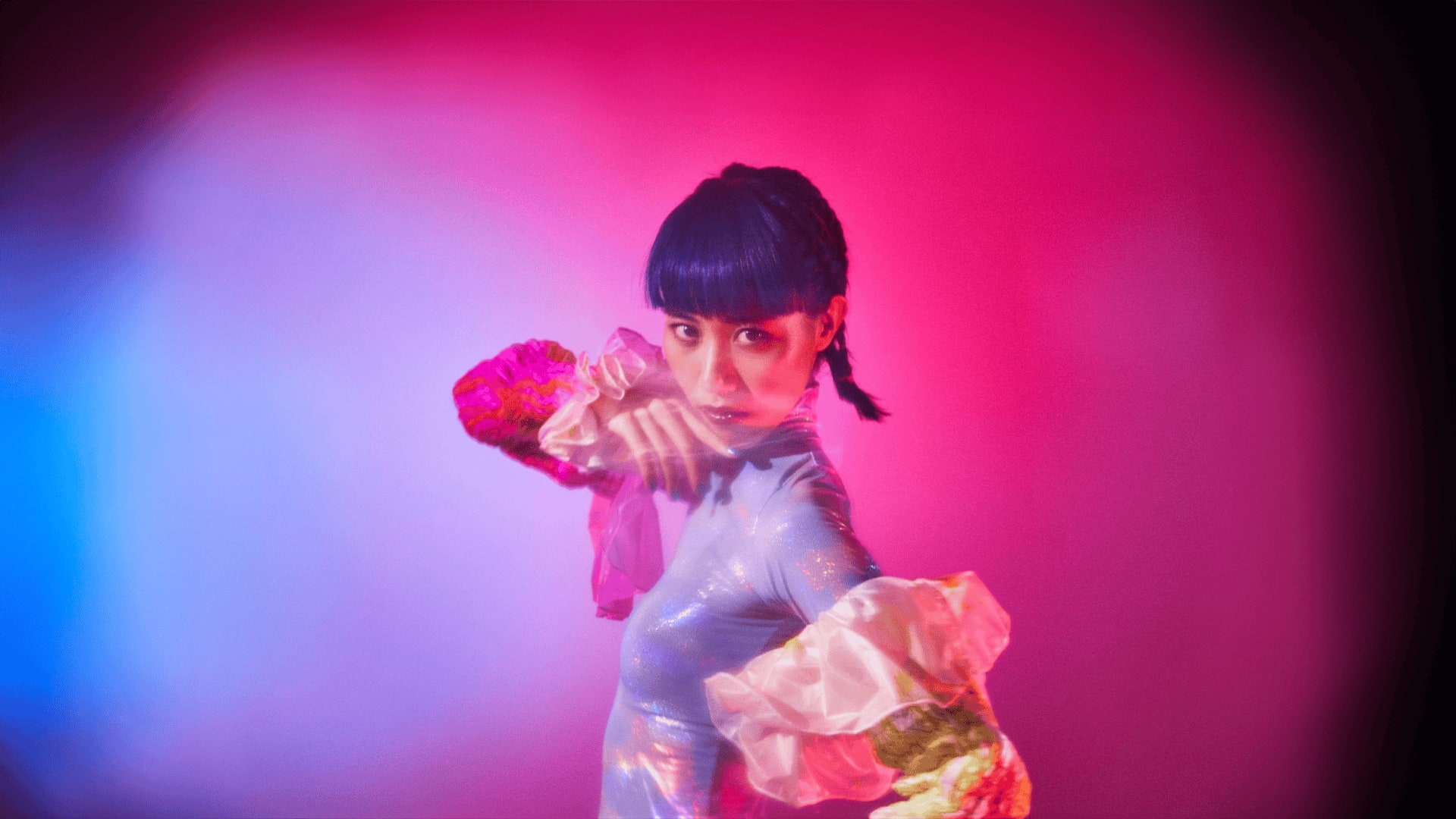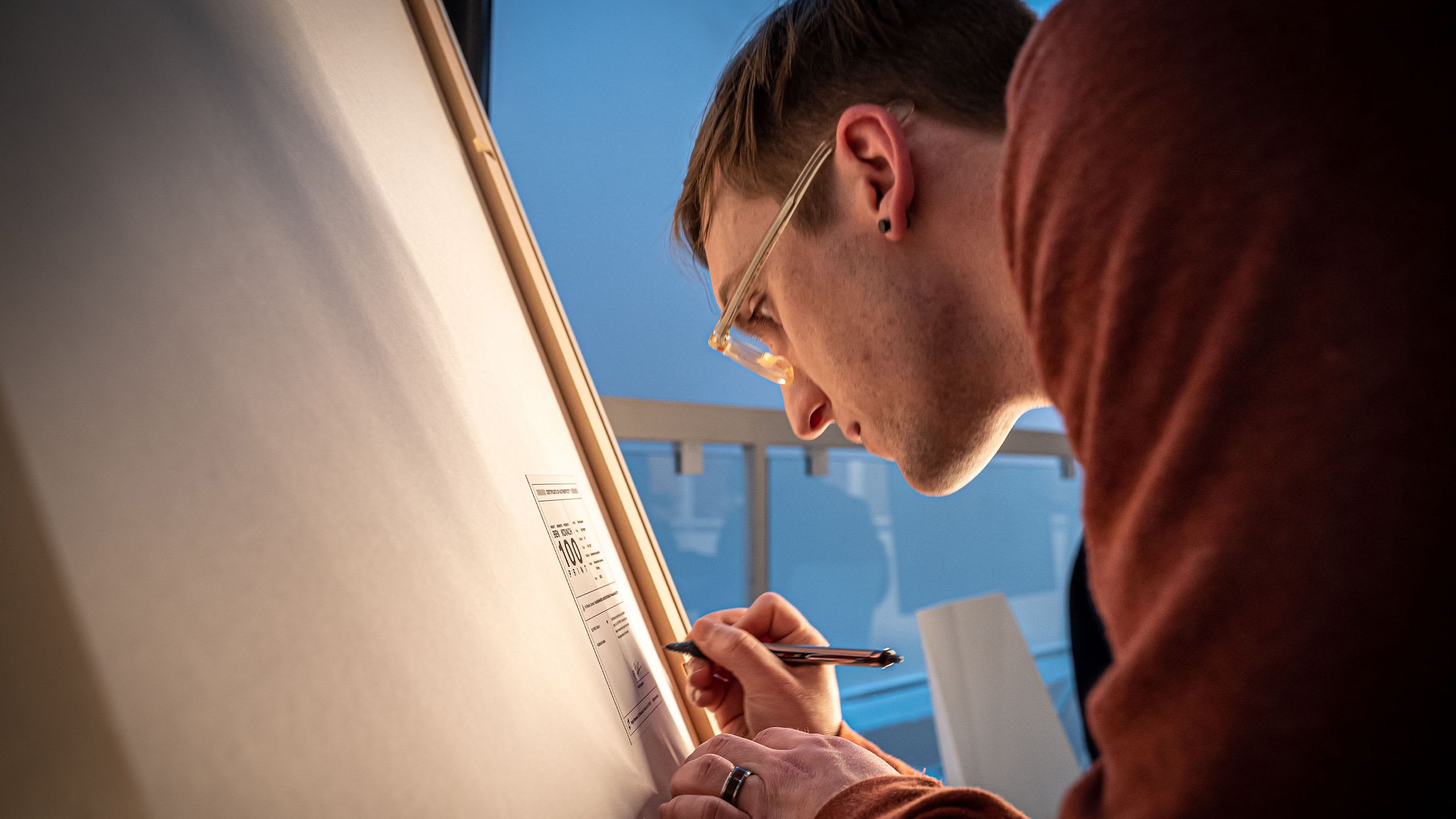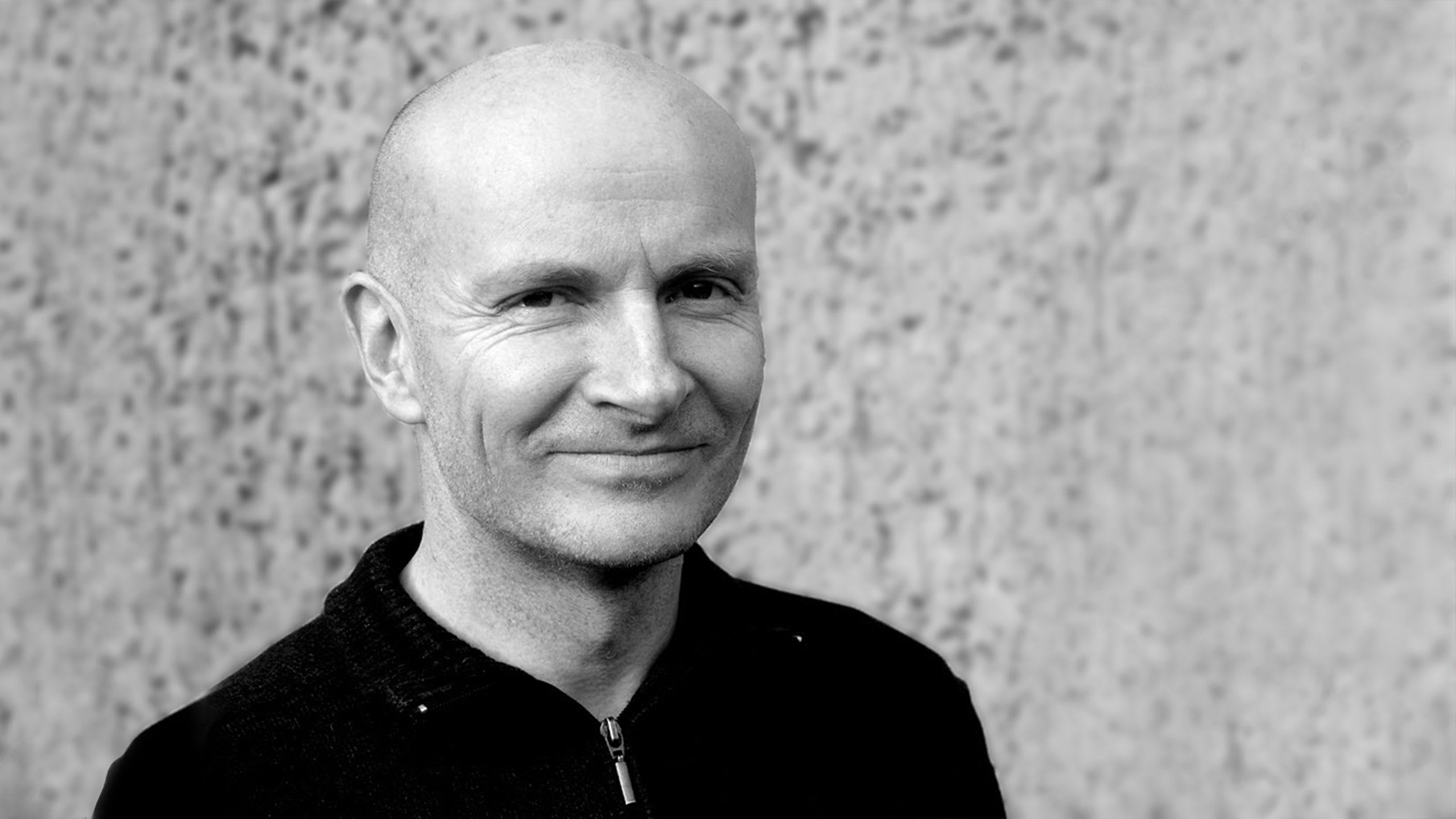For the past year, I’ve been immersed in creating a new generative artwork entitled BUSY. The piece begins as JavaScript code but finds physical form through my Axidraw A1 pen plotter, which meticulously transfers the digital creation to paper using 5-8 different inks in a process that can take up to 16 hours.
This work embodies what I find most intriguing about generative art: the paradox of infinity and impermanence. Each time my program executes, a pseudo-random number generator creates a new series of values that directly influence the resulting visual. When the program is re-run, that unique sequence vanishes forever, along with the specific visual it produced.

What drew me to generative art was the ability to make programs that generate infinite numbers of outputs. I often observe cities as layered systems that we’ve normalized through familiarity, and I wonder how to capture that totality. I’m interested in offering viewers a god’s eye perspective—not just of urban environments, but of the underlying coexisting elements that form them.
BUSY explores the overwhelming sensation of being pulled in countless directions—notifications, movement, tasks—while seeking the underlying structure beneath. Drawing inspiration from highly detailed Wimmelbilder scenes, I apply generative techniques to build complex compositions that feel both familiar and abstract. This collection invites viewers to discover new details with each viewing—much like exploring a metropolis where chaos resolves into structured complexity when viewed through the right lens.

Working with Randomness
Creating art with randomness has benefits and drawbacks. The ability to generate a new rendition of an artwork on demand is highly intriguing because I can make an entire body of work with one program. For each of my system’s hundreds of parameters, I face choices between exerting control or deferring to chaos.

The visuals of BUSY are the sum of many thousands of calculations performed by various algorithms—random walkers, Poisson disk sampling, Gaussian distributions, and geometric occlusion are just a few of the techniques working beneath the surface. To introduce a human touch, I incorporated hand-drawn vector data for each artwork’s hundreds of buildings, cars, and trees, created in Adobe Illustrator and saved as SVG files.
Creating Permanence
I enjoy plotting these works to “freeze” them into being. Transferring them to paper gives them a certain level of durability which, with care, will last for many decades. The drawings are always unique from one another since they always contain a different PRNG seed.
The primary way in which I archive my artwork is by transcribing its geometric form to paper via my pen plotter. My program creates instructions for this drawing machine, and I carefully select the best pens, inks, and papers for it to use. With archival-quality materials, these drawings will last many decades.

But I’ve also been deeply concerned with the preservation of the digital components themselves. In the twenty years I’ve been practicing digital art, I’ve witnessed numerous communities grow and shudder, services shut down, databases corrupted, and businesses pivot to new models. When these things happen, user-submitted content often ceases to exist online. The collective contributions of the community are unrecoverable, lost into the ether.
The insecurity of digital platforms (on the time scale of decades) requires artists to preserve their digital portfolio of artwork, which is often fraught with its own challenges. For BUSY, I’ve explored blockchain technology as one approach to preservation, despite its controversial reception.
There’s a way to bottle up a generative program and create a high level of durability. It allows artists to monetize their algorithms and distribute them to collectors without needing a print studio. This system stores the seed of the PRNG in a decentralized permissionless database, which is highly likely to last for many decades. These "seeds" are innately tied to the program’s code, which is also stored in the database, thus giving you the complete assembly of tools to replicate the creation of the artwork.
The Tension of Digital Art
The value of my work exists in this tension—between algorithmic infinity and singular expression, between digital impermanence and physical persistence. BUSY is both a system capable of endless variation and a series of carefully selected moments captured in ink on paper.
In my practice, I’m constantly navigating this duality. The program itself represents countless possibilities, a universe of potential forms that will largely remain unexplored. Each plotted piece captures just one of these possibilities, freezing a moment that would otherwise exist only fleetingly on a screen.

This is the contradiction that fascinates me as an artist working at the intersection of code and mechanical plotting—the contrast between overwhelming digital possibility and the quiet stillness of a finished drawing in my Vermont studio. Through BUSY, I’m transforming apparent chaos into structured beauty, creating works that reveal the hidden patterns within our seemingly disordered world.
Learn more about James Merrill.



